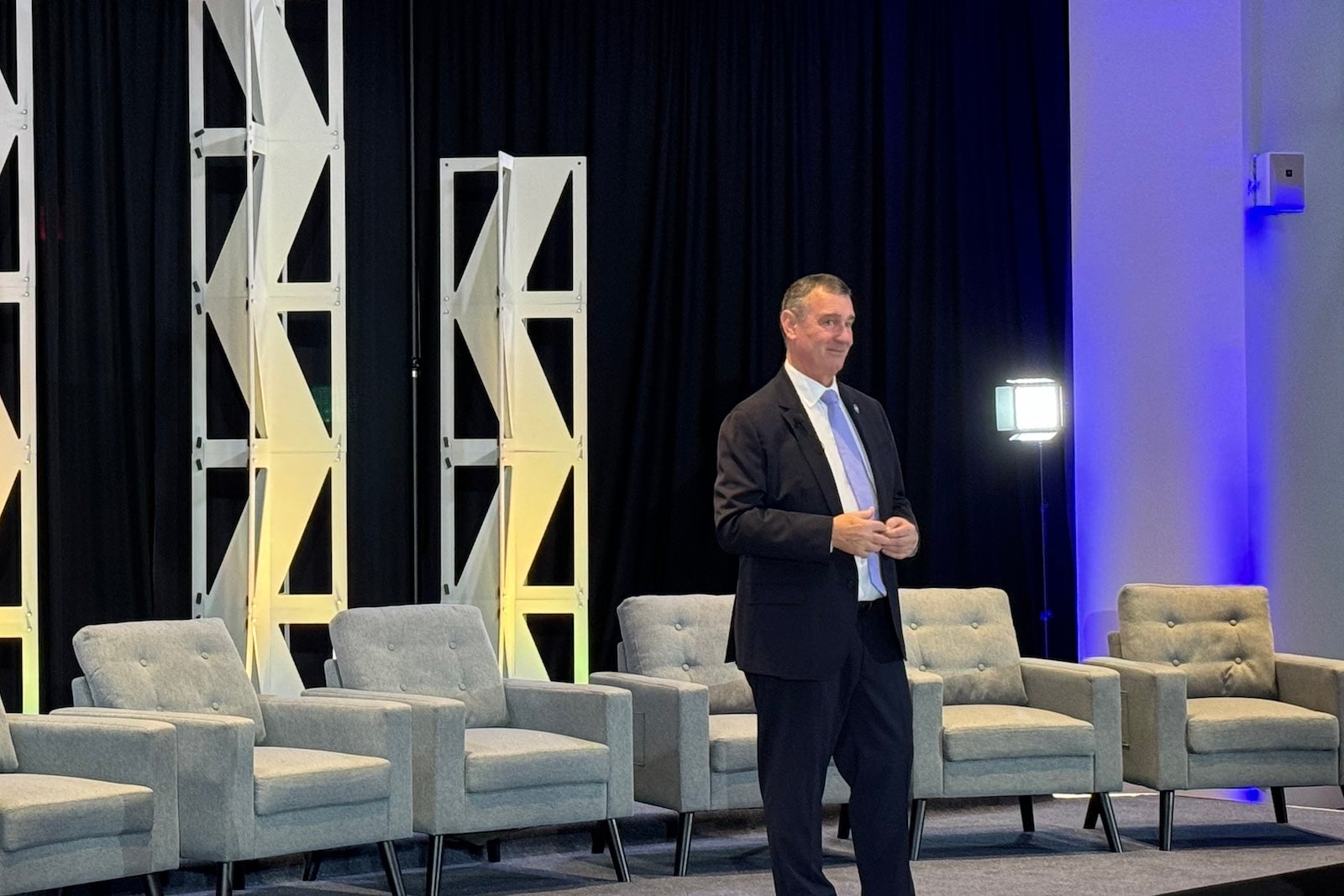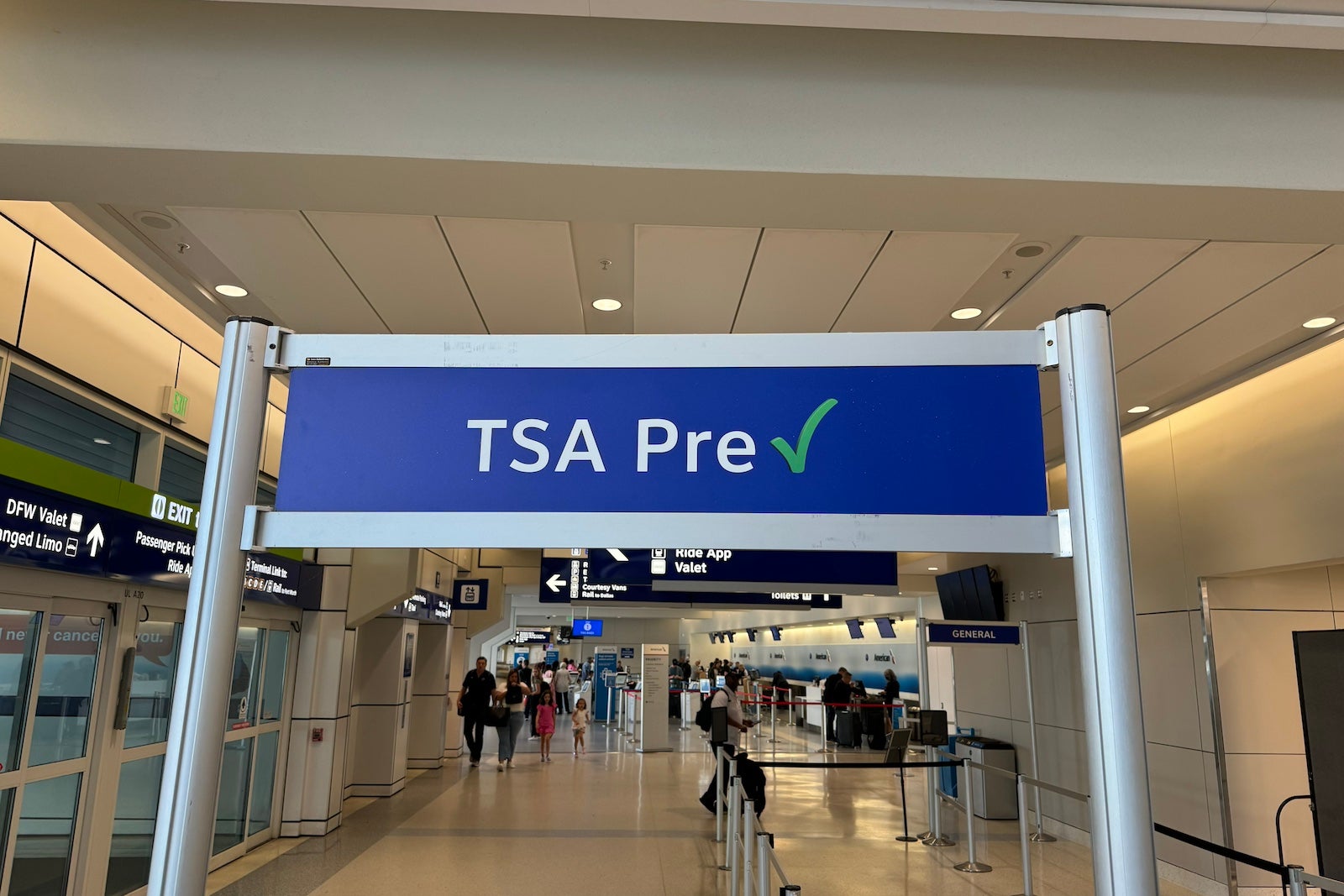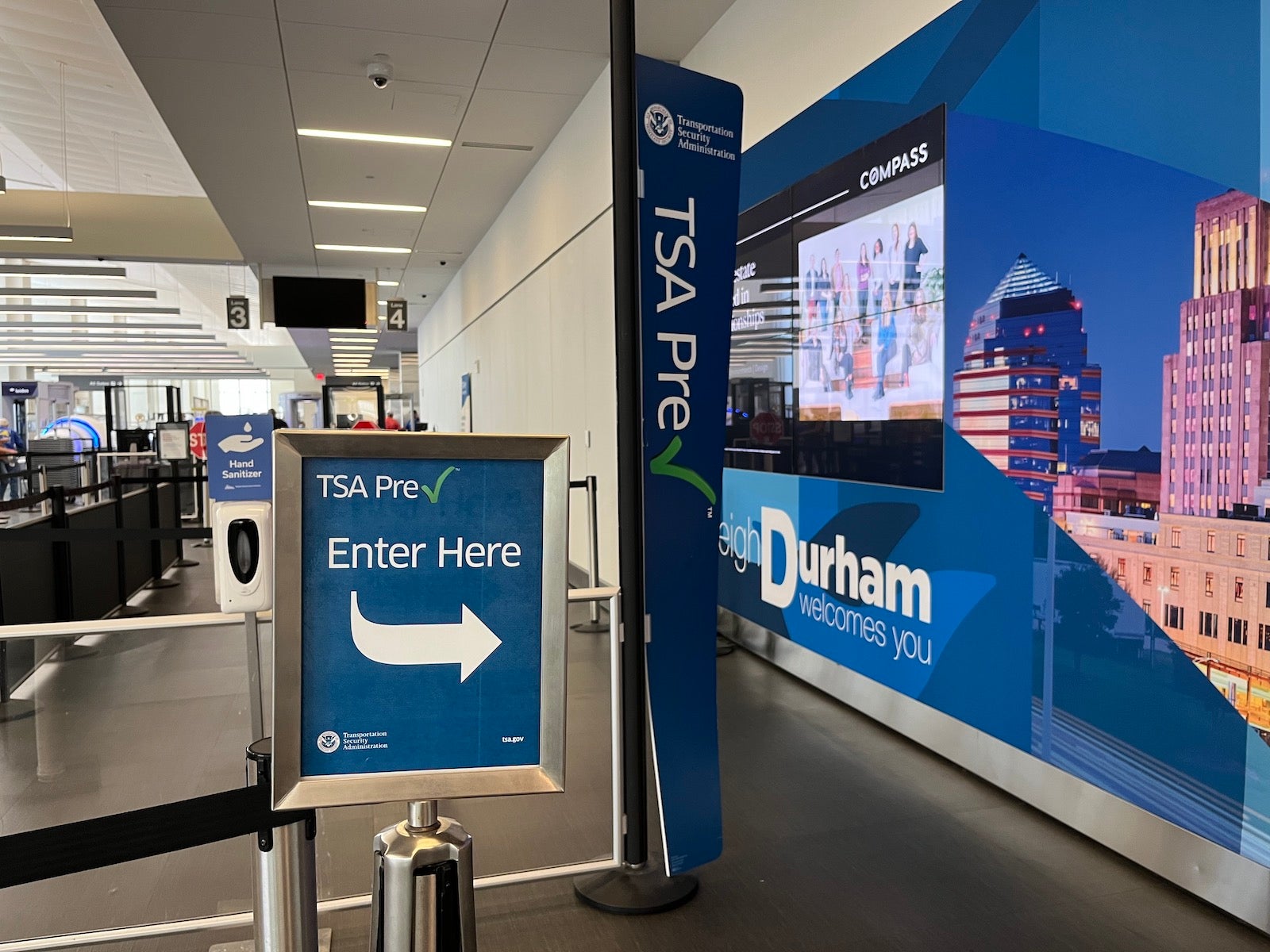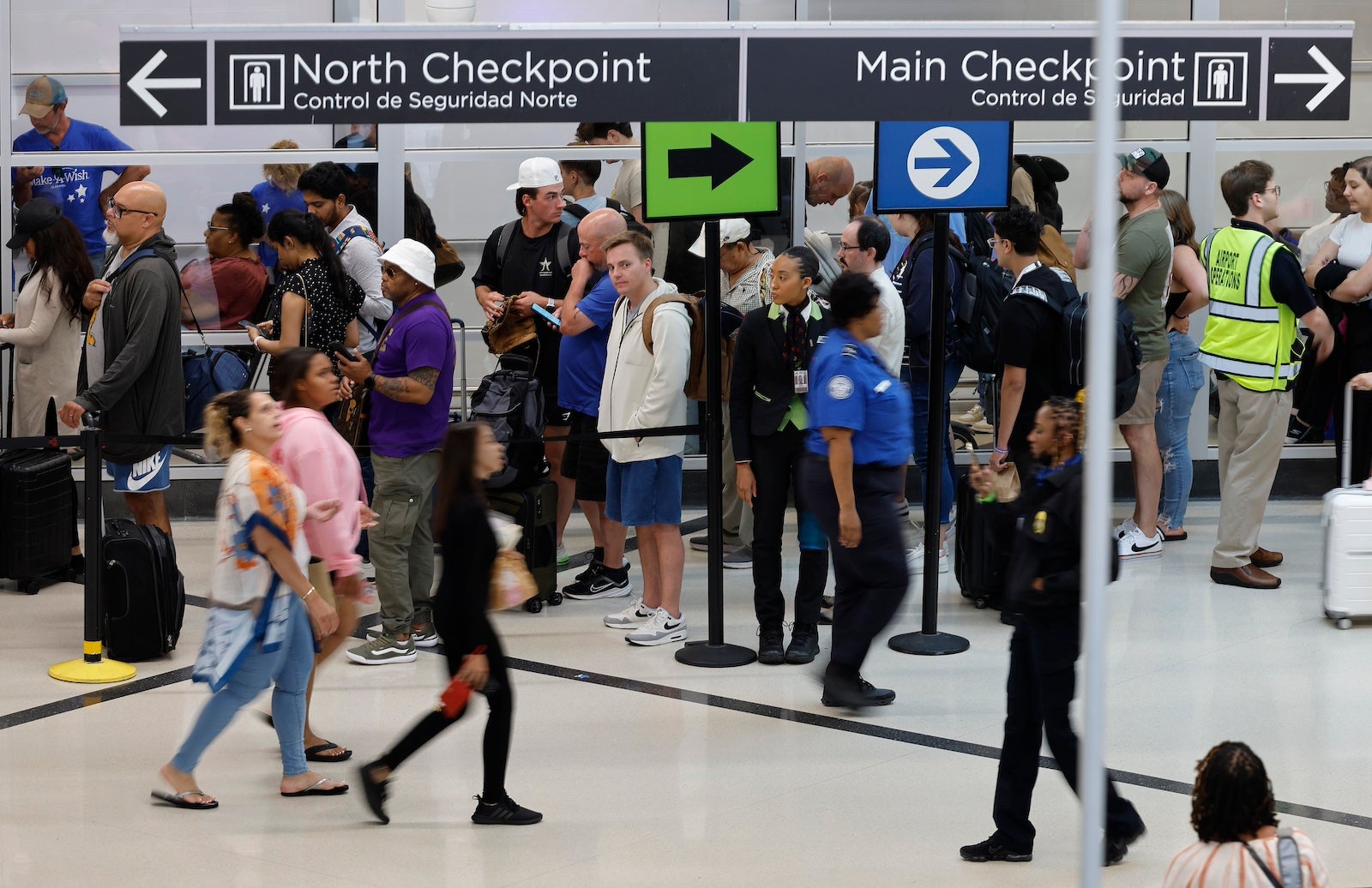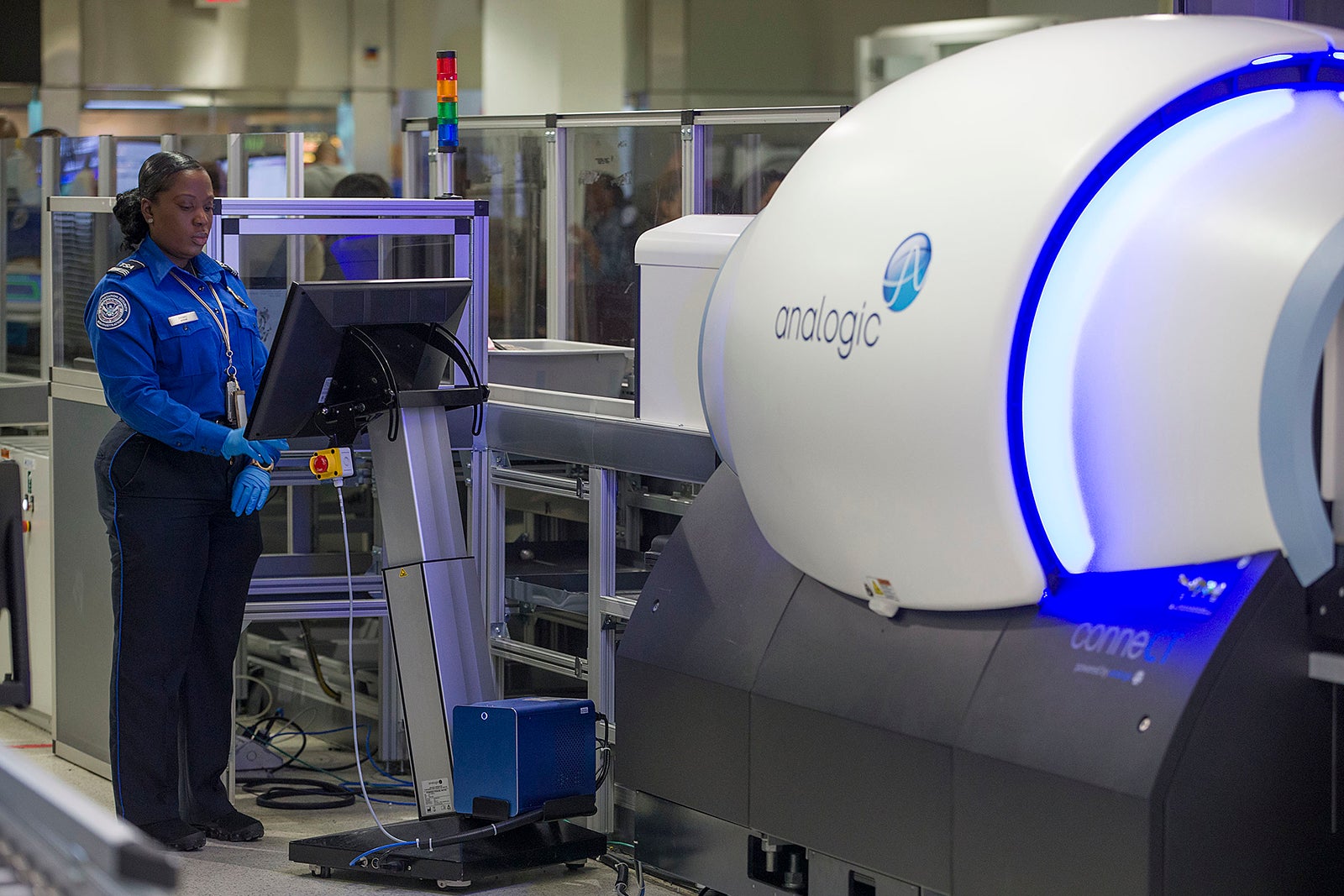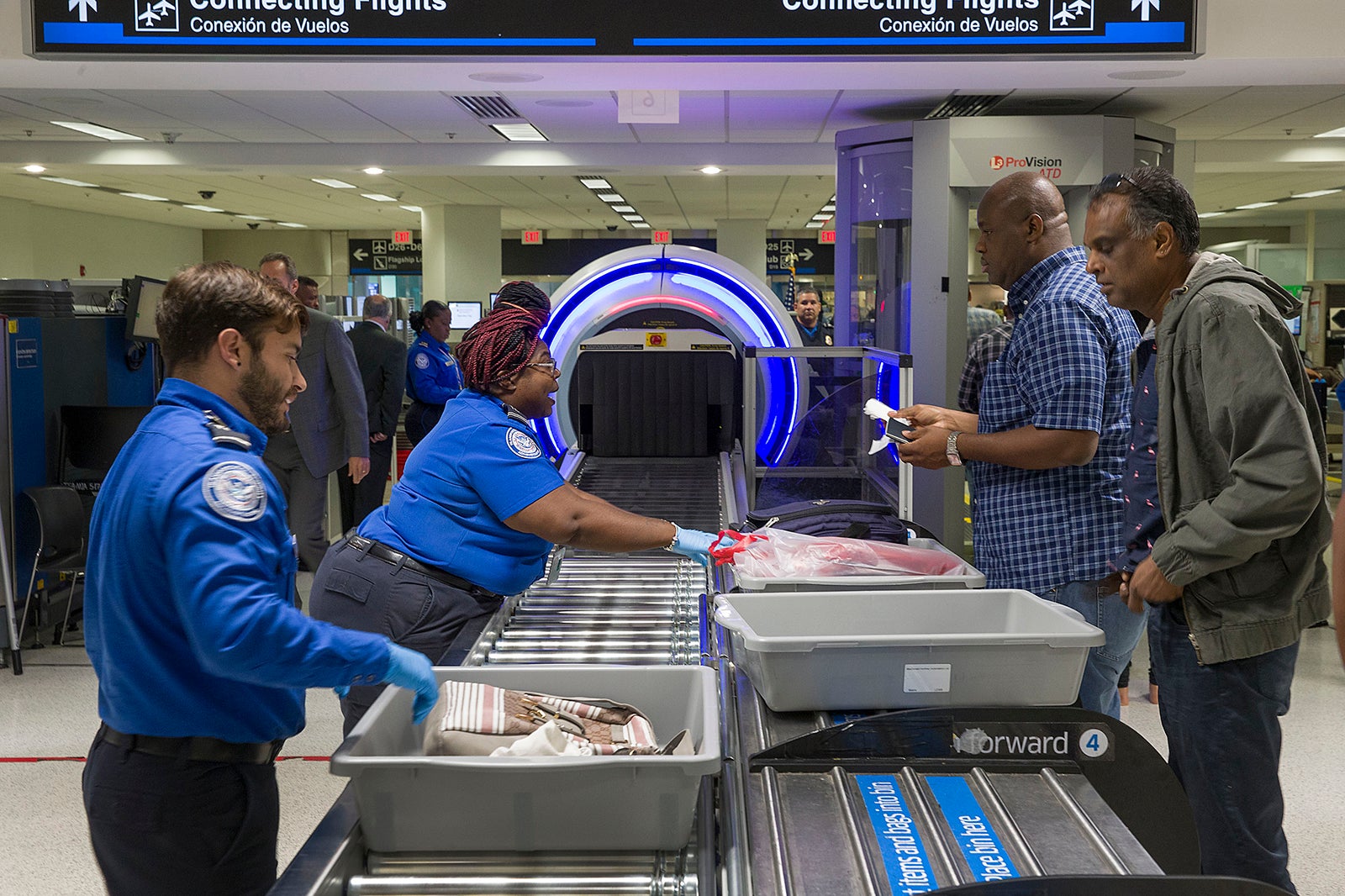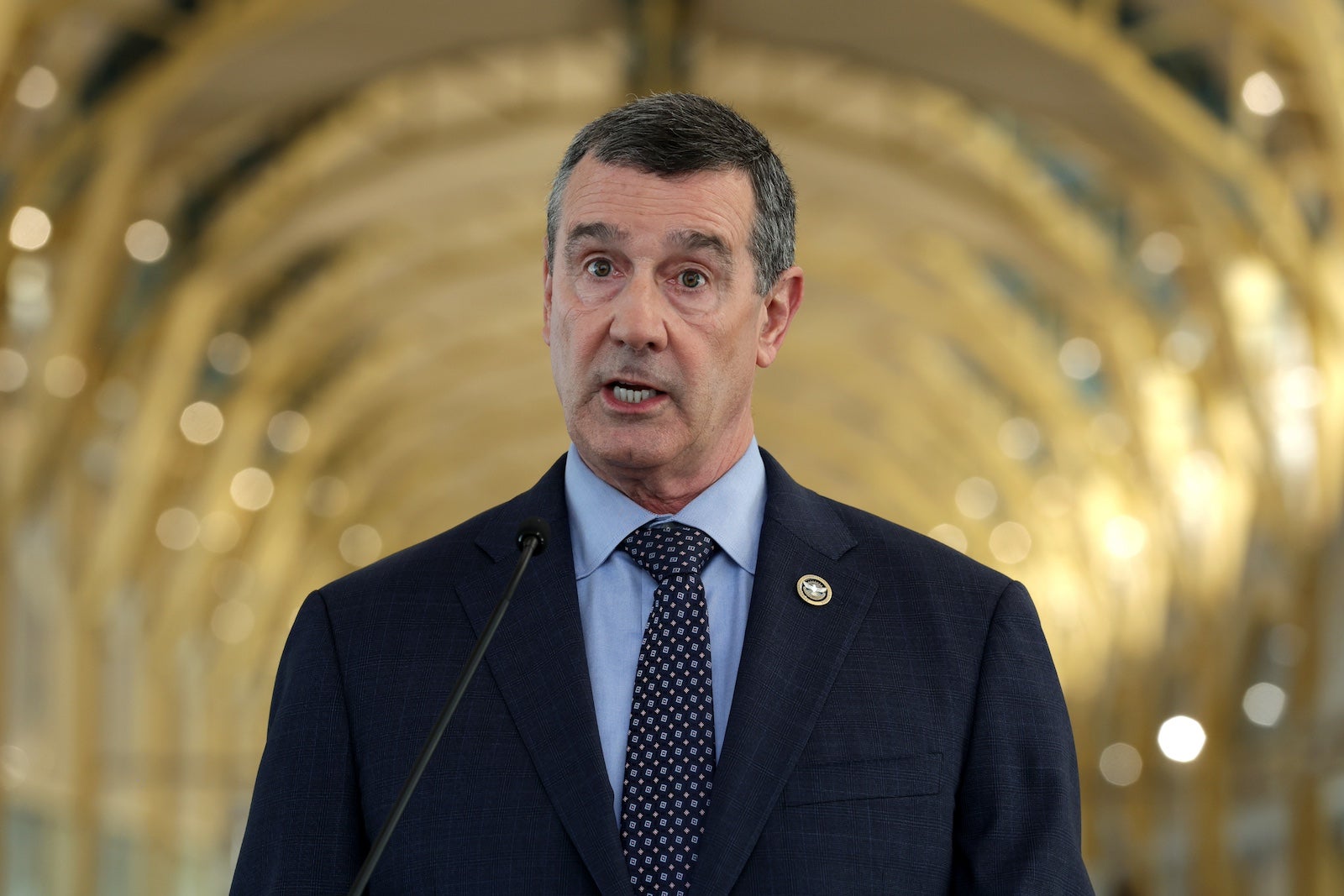On any given day, about a third of passengers who pass through Transportation Security Administration checkpoints use the TSA PreCheck lanes.
The agency’s top leader hopes it’ll someday be three-quarters of passengers.
“We have said publicly, and I’ll say it again here: We want more people in PreCheck,” TSA administrator David Pekoske said last week during remarks at the 2024 Regional Airline Association Leaders Conference in Washington, D.C.
To be clear, he doesn’t mean three-quarters of all travelers; PreCheck passengers tend to fly more than the average American — so on a particular day, make up an outsized portion of passengers at an airport.
Still, it’s an ambitious goal.
After all, the TSA recently surpassed 20 million active TSA PreCheck members, a record and a milestone that itself represented astonishing growth from even just 18 months earlier, in 2023.
Altogether, some 40 million travelers are currently approved to use the expedited lanes. This accounts for frequent flyers who get their TSA PreCheck access through Global Entry, plus federal employees whose security clearance qualifies them for the fast-tracked security screening.
Related: Global Entry vs. TSA PreCheck: Which is more beneficial?
But the thought of a majority of travelers on a given day using the TSA PreCheck lanes might spark apprehension from some current members.

Daily Newsletter
Reward your inbox with the TPG Daily newsletter
Join over 700,000 readers for breaking news, in-depth guides and exclusive deals from TPG’s experts
After all, for its 11-year existence, the program has largely been something of a “travel hack” — a shortcut through airport security and among the best tools travelers have to make their airport experience more seamless.
In the TSA chief’s eyes, though, more TSA PreCheck-approved passengers mean more prevetted passengers passing through airports. This is helpful for security and in clearing a larger portion of the traveling public to pass through checkpoints with the efficiency TSA PreCheck offers.
Won’t TSA PreCheck get slower if more and more people enroll?
“We will put whatever effort we need to ensure that wait time for PreCheck stays at 10 minutes or less,” Pekoske said.
Look no further, he pointed out, than wait times officers kept manageable during a summer travel rush that saw each of the agency’s 10 busiest days of all time.
Related: 8 ways to get free or discounted TSA PreCheck, Global Entry and Clear
Exactly how will the agency accommodate half (or more) of passengers on any given day using the TSA PreCheck lanes in the future? It’s simple, according to Pekoske.
“We’ll open up more PreCheck lanes and close standard lanes,” he said.
Related: US connections after some international flights to get a lot easier
Are the CT scanners really slower?
Speaking to TPG in a wide-ranging interview last week in Washington, D.C., Pekoske also offered clarity regarding criticism of the agency’s new computed tomography scanners (more commonly known as CT scanners). They’re the large, white machines with blue lights rolling out to checkpoints nationwide as part of a massive investment by the agency.
The TSA is clear on the security advantage these higher-tech devices offer over their predecessors: The machines generate a 360-degree scan of travelers’ bags, providing officers with three-dimensional images of what’s inside. It’s a critical advancement for catching potential security threats.
But since the scanners started appearing at airports earlier this decade, there’s been no shortage of travelers bemoaning their speed.
I asked Pekoske if this was a fair complaint.
“There’s partial truth to it,” he said. “When you see [your bag] go on the belt, it pauses in the tunnel. Then, an antenna array goes all the way around the bag. That gives you the 360-degree view. That takes a couple of seconds longer. It’s a small amount.”
But that slight delay, Pekoske said, is more than erased by other time savings these machines offer. For instance, even in non-TSA PreCheck lanes with the technology, travelers can leave liquids and large electronics in their bags, eliminating the time it takes to unload those items.
Plus, the far more accurate scans these machines generate trigger fewer secondary bag searches due to false alarms. That saves time, too.
A recent software upgrade to the agency’s body scanners has also reduced the need for patdowns by 50%.
Add it all up, Pekoske said, and travelers are spending less time, in total, at checkpoints with the technology — though a larger portion of that may be spent on the secure side waiting for bags to emerge.
“People are thinking it’s taking longer, but when you look at it, end-to-end, it’s not,” Pekoske said. “We’re going to look for ways where we can make it more of an even flow. That’s something we’re working on.”
Future of 3-1-1
Even travelers thus far unconvinced about the benefits of the CT machines might change their tune, though, upon hearing about another capability they should someday unlock.
Eventually, with the help of technology, the TSA hopes to end its decades-long ban on liquids in carry-on bags over 3.4 ounces — spelled out as part of the “3-1-1 rule.”
Indeed, that means someday in the future, travelers should be able to bring a full-size shampoo or sunscreen bottle in their carry-on bag. Overseas, the United Kingdom has already begun experimenting with loosening its similar policy, though a government-ordered outright end to its liquids rules hit a recent (albeit temporary) snafu.
For now, don’t expect relaxed liquids policies in the U.S. anytime soon. Among other factors, the CT machines that would enable such a move aren’t slated to be fully deployed across the country until 2042, based on the agency’s current funding levels. A prolonged budget process this year, Pekoske said, puts even that 2042 target in jeopardy.
With that in mind, when might U.S. travelers notice a softening of the carry-on liquids rules?
“I’m hoping it will be earlier rather than later. But it’s not around the corner,” Pekoske said, while noting he’d prefer not to wait 18 years — or more — to start making changes.
“I don’t think it’s fair to travelers to wait until the 2040s to do this when some European airports will be completely outfitted with CT technology and will be doing it way before us,” he said. “I’m hoping we can get to a point where we make some partial changes along the way.”
Related reading:

